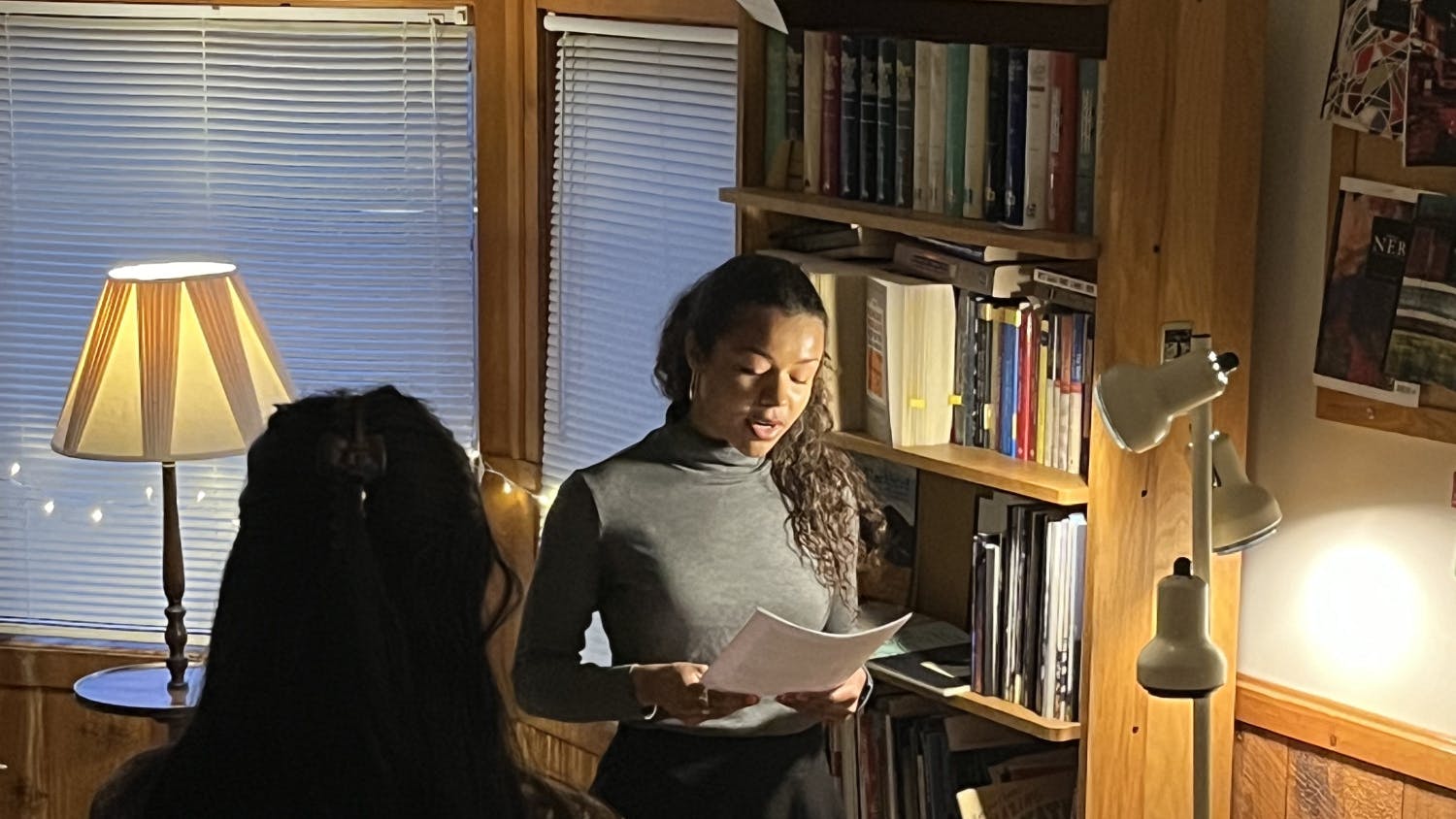On Sept. 8, The Upshot, a New York Times blog, published a ranking entitled “The Most Economically Diverse Top Colleges,” where Middlebury College placed 51st. Five NESCAC schools, Amherst, Wesleyan, Bowdoin, Williams and Hamilton were in the top 50, while Middlebury was between peers Carleton and Bates.
The ranking compared 100 colleges with four year graduation rates above 75 percent. These colleges tend to be sound investments for the majority of low-income students attending, according to the article.
The schools’ levels of economic diversity were determined using a College Access Index, calculated using two statistics. The first was the percentage of the freshman class who come from low-income families, measured by the number receiving a Pell grant. The second was the average net price for students whose families earn between $30,000 and $48,000 a year. Of the schools assessed, the College was ranked 75th for percentage of freshman with Pell grants and 33rd for net price. Generally, households in the bottom 40 percent of income distribution qualify for Pell Grants. According to The Upshot, the College’s average percentage of grant receiving freshman from 2012- 2014 was 13 percent.
Dean of Admissions Greg Buckles said in an email, “Middlebury welcomes any national conversation that puts creating access to college at the fore- front.” However, he also sees a flaw in rankings’ methodology.
“Personally, I have mixed feelings about the emphasis on Pell grants as a way to measure access. It’s a very blunt instrument that The New York Times in particular has seized upon as a standard,” he said.
He cited international students that the college funds who would otherwise be eligible for Pell grants and undocumented students who are also not ac- counted for in this way as examples of the faults in the system.
Buckles prompted questions regarding the credibility of the process. “Are students whose families may make just a few hundred dollars above the level of Pell Grant eligibility somehow not worthy of ‘counting’ as being socio-economically diverse? Should we be selecting one candidate over another, who may come from similarly disadvantaged circumstances, because one would technically be Pell-eligible and one wouldn’t?” he said.
Middlebury is also one of the few schools that is need-blind in its admissions policies for domestic applicants that also meets 100 percent of dem- onstrated need. Middlebury also does not practice needaffirmative policies, whereby a college identifies applicants who have a high level of need, in this case, Pell-level need, during the application process before making admissions decisions, Buckles said.
The College is still recovering from the effects of the recession. There are some realities that must be observed, according to Buckles. “Middlebury needs to be cognizant of its financial responsibilities and operate in such a way that it balances both its commitment to the public good and its commitment to longterm fiscal security,” he said.
On the whole, diversity is on the rise at top colleges, according to The Upshot. One metric that the ranking provides for context is the change in percentage of students receiving Pell grants. In the last four years the College has increased the share of incoming freshman with Pell grants from 10 percent to 13 percent. This year’s first year class has the highest ever percentages of first-generation college students, students of color, students receiving financial aid and students receiving Pell grants in the College’s history.
Comments



